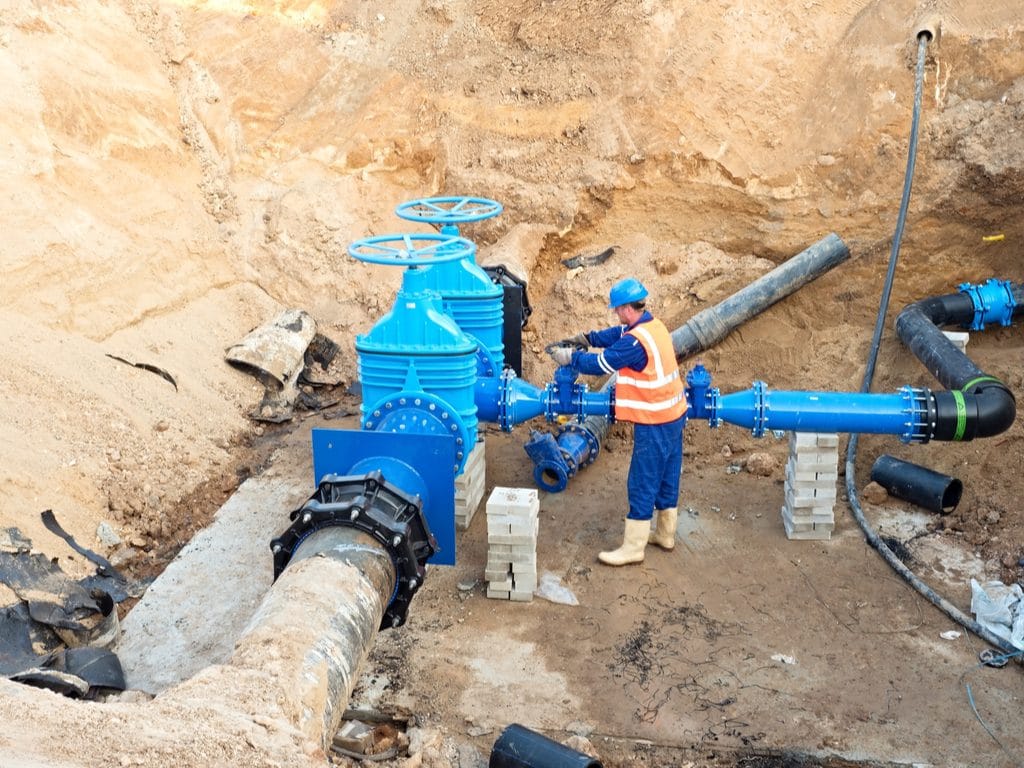The population of Grand Agadir in southwestern Morocco needs more drinking water and sanitation. The Autonomous Multiservice Authority of Agadir (RAMSA) has decided to invest MAD553 million (‘51.2 million) in several drinking water and sanitation infrastructure projects.
In the 553 million dinars that the RAMSA wishes to invest in the coming months, 178 million dirhams will be devoted to drinking water and 375 million dirhams to strengthen the liquid sanitation network.
Concerning drinking water, the effort focuses on increasing the storage capacity of drinking water from 132,000 m3 to 175,600 m3. The distribution autonomy will now be 25 hours. In addition, the RAMSA plans to set up a QHSE (quality, health, safety and environment) management system and to modernise its technical, accounting and commercial management systems.
A mega desalination project in support?
For sanitation, the first achievement will be the implementation of a programme to reuse treated wastewater for watering green spaces and certain golf courses, for a total area of 1,000 hectares. This will require treating 30,000 m3 of wastewater per day. The programme has a budget of 150 million dirhams, or close to 14 million euros.
The RAMSA’s investment will also be used to set up a one-stop shop for investors wishing to participate in drinking water and liquid sanitation projects. These efforts come at a time when a mega seawater desalination project is about to be launched in Grand Agadir.
At a total cost of €309 million, the project also includes the construction of a desalination plant with an initial capacity of 275,000 m3 of water per day, which can be extended to 450,000 m³ per day.
It is one of the largest factories of its kind in the world that the Spanish industrial group Abengoa is about to build. A facility that will use reverse osmosis to filter seawater, using huge high-pressure pumps, through semi-permeable membranes that only let water molecules through. A relatively energy-intensive process and the supply to the Agadir plant will come directly from the 160 MW Noor Ouarzazate thermodynamic solar park.
Once completed, this plant should start producing nearly 150,000 cubic metres of water per day for food consumption and 125,000 cubic metres to irrigate the 13,600 hectares of plantations located near the famous Moroccan seaside resort.
Jean Marie Takouleu
